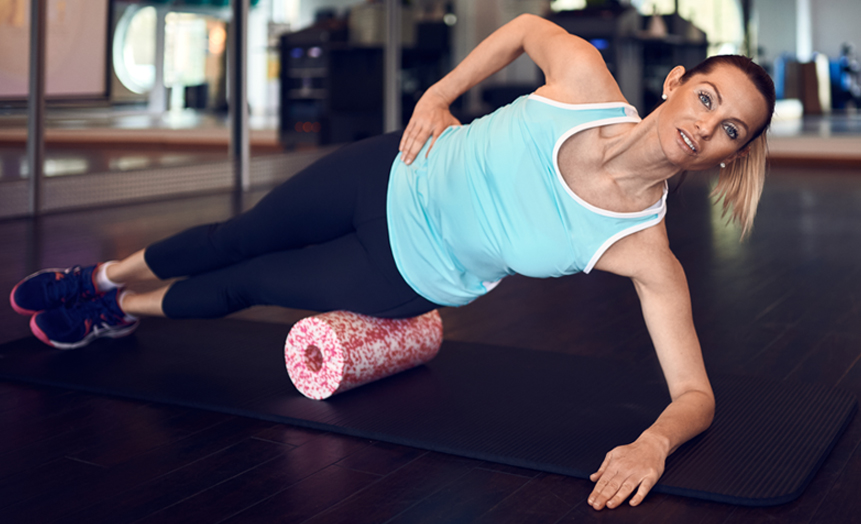What Is Fascia and Why Does it Matter for Your Health?
Muscle tension is a leading cause of chronic pain, but tightness in connective tissue called fascia may also be a culprit. Understanding the importance of fascia and how to release tension can improve mobility, reduce pain, and increase your ability to perform the activities you love.
What Is Fascia?
Fascia is considered connective tissue, meaning it attaches one body part to another. Fascia is arranged in a long sheet of connective tissue. This sheet lies just beneath the skin, sitting atop muscles and other internal organs. Thus, fascia serves a protective function by ensheathing our muscles and organs.
Fascia primarily contains collagen, a protein that is also found in skin, ligaments, and tendons. Within the fascia, collagen fibers are arranged in neat bundles in a wavy pattern. This is analogous to the threads in a loosely woven sweater. As a result of this arrangement, fascia is very flexible.
How Does Tightness of Your Fascia Affect Your Health?
Fascia tends to be smooth and somewhat slippery, allowing muscle to pass over it without catching. Although fascia is naturally springy and flexible, it can become more brittle or tense under certain conditions. For example, when the fascia becomes dehydrated, it becomes more brittle, just like a dry sponge. Furthermore, muscle tenseness can contribute to tension of the fascia. This is similar to when a thread of your sweater becomes pulled, causing the fabric to become bunched. This bunchy fascia can lead to pain, highly sensitive trigger points, or stiffness.
Ways to Release Tension in Fascia
Fortunately, there are effective ways to release these “snags” in the fascia that are caused by excess tension. Following are some of the most effective forms of fascia release:
- Stretching is one of the most effective ways to reduce tension in the fascia. Before performing physical activity, it is helpful to lengthen and stretch the muscles and fascia.
- Dynamic exercises. Unlike static stretching, in which you hold a position for 20 to 30 seconds, dynamic exercises involve movement. This provides an excellent way to activate the muscles and fascia, improving blood flow to the area.
- Massage therapy is another effective way to loosen the fascia. During massage, the therapist works your deep tissues, loosening any trigger points that may have developed. These trigger points may feel very sensitive, but applying massage pressure to them will cause them to release their tension.
- Myofascial release. Myofascial release has gained considerable popularity in the past decade, as researchers have appreciated the value of fascia in musculoskeletal health. Myofascial release involves the application of sustained pressure to the connective tissue. This is often achieved by using a stiff foam roller — shaped like a cylinder — to loosen the fascia.
- Fascia surrounds nearly every internal part of the human body. Acupuncture involves the use of small needles to stimulate tissue, promoting relaxation of bunched fascia.
- Stay hydrated. Drinking plenty of water keeps your fascia loose and smooth, preventing muscle soreness. Aim to drink at least eight cups of water per day to ensure your fascia does not become too tight.
Collectively, these treatments can improve your range of motion, decrease pain associated with fascial tension, and prevent fascia tenderness.
XOXO Tina





